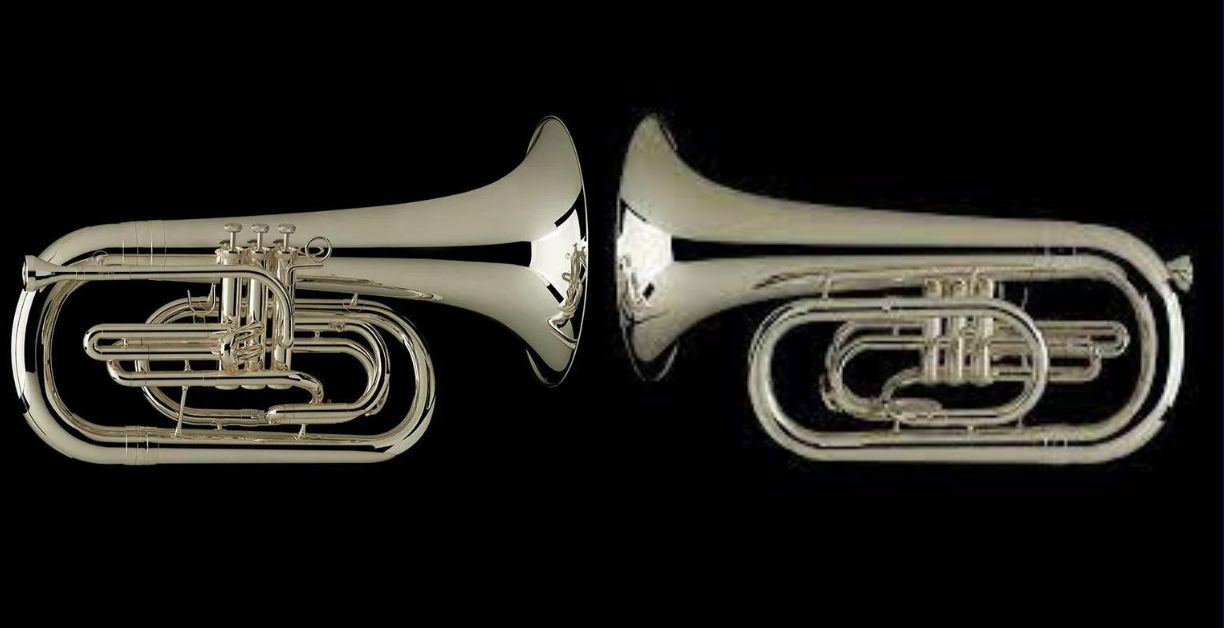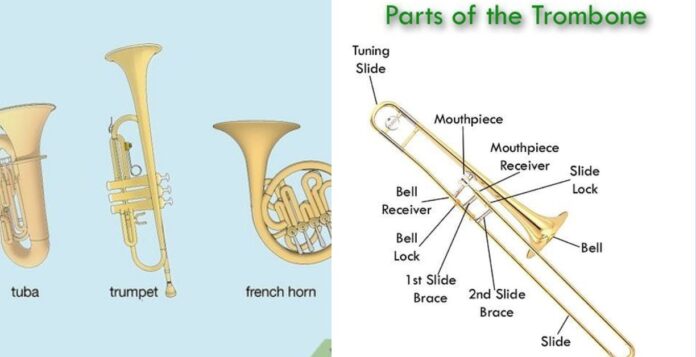This post is ideal for you if you’ve come here looking for a response to the query marching euphonium vs marching baritone. You might not be familiar with euphoniums, and the term “baritone” can conjure images of baritone saxophones or masculine voices. Actually, both of these are brass instruments that date back to the 1840s, when they were invented.
Let’s begin with a brief explanation of each instrument as euphoniums and baritones are frequently confused, even by professional musicians and music publishers.
marching euphonium vs marching baritone
The size and form of their bores are the primary distinctions between marching baritones and euphoniums. Compared to marching baritones, which have a lower bore size and a more cylindrical shape, marching euphoniums usually have a bigger bore size and a more conical shape.
Euphoniums tend to have a warmer, more mellow tone, whilst baritones have a brighter, more focused sound. This difference in tone also impacts how well they project. Due to their bigger size, marching euphoniums are frequently a little bit heavier than marching baritones.

Read more
why do guys smell their fingers after touching you
why is it illegal to sell corn flakes on sunday
how to add songs to clone hero
Building a baritone vs a euphonium
Compared to a euphonium, a baritone has a smaller bore and bell, as well as tubing that is primarily cylindrical—that is, it has the same diameter all the way through. It makes a brighter, lighter tone. Four valves are possible in baritones, though three are the usual number.
With a smaller bell than the euphonium, the baritone horn is wrapped more tightly. The instrument becomes more manageable and smaller as a result, making it simpler to carry. In addition to having a larger bell and bore, the euphonium’s tubing is primarily conical, which means that as it gets closer to the bell, the tubing’s diameter grows.
The tone of it is stronger and darker.If a euphonium has four valves, it can have three top action valves that are played with the right hand’s fingers and one middle valve that is played with the left index finger, halfway down the right side of the instrument.
What applications do ?
You are almost know marching euphonium vs marching baritone. The euphonium and baritone horn are not frequently heard in orchestras. The great composers of the eighteenth and nineteenth centuries did not write pieces for either of these relatively new instruments, which were introduced in the 1840s.
Later on, these brass instruments found popularity in concert bands, particularly in England where they were used in brass bands. In the past, especially in the UK, brass bands—which are made up of brass instruments and percussion—have been significant to local communities and engaged in fierce competition. Usually consisting of woodwinds, brass, and percussion, concert bands play light music, popular songs, or classical compositions adapted for their style in concert halls.
Military bands or marching bands may also employ the baritone horn and euphonium. As the tenor voice, a specially wrapped baritone with three valves and a front-facing bell is used. Due to comparable pitches, the baritone occasionally performs sections intended for the trombone.

Acquiring baritone and euphonium instruments
Brass instruments are available in a vast assortment at Woodwind & Brasswind. The top manufacturers, including Yamaha, Besson, Jupiter, Adams, and more, provide student, intermediate, professional, and marching euphoniums. Amati, King, Blessing, and other concert and marching baritones are among the fine selections we have available.
The have comparable functions in marching bands, but they are not the same in terms of size, pitch range, or tonal characteristics. With a rich and soothing tone, the marching euphonium has a somewhat higher pitch range and is typically smaller.
By comparison, the marching baritone has a little brighter sound and is slightly larger. Both instruments are essential to producing the lively and melodic sound of a marching band, thus the decision between them frequently comes down to the particular requirements and tastes of the group.















